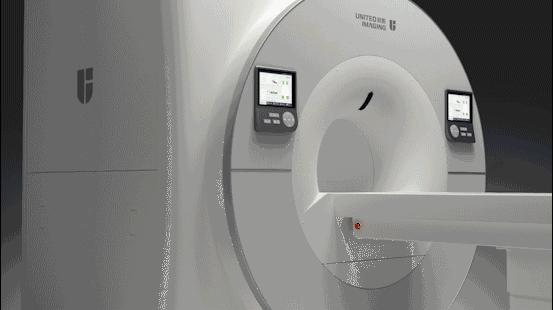## PET Scan vs MRI Scan: Which Imaging Technique is Right for You?
When it comes to medical imaging, two of the most commonly used techniques are PET scans and MRI scans. Both methods offer unique advantages and are used fo……
When it comes to medical imaging, two of the most commonly used techniques are PET scans and MRI scans. Both methods offer unique advantages and are used for different purposes, making it crucial for patients and healthcare providers to understand the differences between them. In this article, we will explore the distinctions, benefits, and ideal scenarios for using PET scans versus MRI scans, helping you make an informed decision about your healthcare needs.
### Understanding PET Scans
A PET scan, or Positron Emission Tomography scan, is a nuclear medicine imaging technique that provides a visual representation of metabolic processes in the body. During a PET scan, a small amount of radioactive material is injected into the patient, which emits positrons as it decays. These positrons collide with electrons in the body, resulting in gamma rays that are detected by the PET scanner. This allows doctors to observe how tissues and organs are functioning, making it particularly useful for detecting cancer, monitoring treatment response, and assessing brain disorders.
One of the key advantages of PET scans is their ability to detect changes at the cellular level, often before structural changes become apparent. This early detection can be crucial for effective treatment, especially in oncology. Additionally, PET scans can be combined with CT scans (PET/CT) to provide detailed anatomical information alongside functional data, enhancing diagnostic accuracy.
### Understanding MRI Scans

On the other hand, an MRI scan, or Magnetic Resonance Imaging scan, uses powerful magnets and radio waves to create detailed images of the organs and tissues within the body. Unlike PET scans, MRI does not involve radiation. Instead, it relies on the magnetic properties of hydrogen atoms in the body, which align in response to the magnetic field. When radio waves are applied, these atoms emit signals that are captured and converted into images.
MRI scans are particularly effective for visualizing soft tissues, making them an excellent choice for diagnosing conditions related to the brain, spinal cord, muscles, and joints. They are often used to detect tumors, assess brain injuries, and evaluate musculoskeletal disorders. The high-resolution images produced by MRI scans allow for precise localization of abnormalities, which is essential for planning treatment.
### Comparing PET Scans and MRI Scans
When considering PET scan vs MRI scan, it is essential to evaluate the specific medical needs and conditions being addressed. Here are some key differences to consider:

1. **Purpose**: PET scans are primarily used for functional imaging, while MRI scans are used for structural imaging. PET scans are excellent for detecting metabolic activity, while MRI scans excel at providing detailed images of soft tissues.
2. **Radiation Exposure**: PET scans involve exposure to a small amount of radiation due to the radioactive tracer, whereas MRI scans do not use ionizing radiation, making them safer for repeated use.
3. **Speed**: PET scans typically take less time to perform compared to MRI scans. A PET scan can take about 30 minutes, while an MRI can take anywhere from 30 minutes to over an hour, depending on the complexity of the imaging required.
4. **Contrast Agents**: MRI often uses contrast agents to enhance image quality, especially for certain conditions. In contrast, PET scans use radioactive tracers that provide functional information rather than enhancing the anatomical details.

5. **Cost**: The costs of PET and MRI scans can vary significantly based on location, facility, and specific protocols. Generally, PET scans tend to be more expensive due to the cost of the radioactive tracers and the technology involved.
### Conclusion
In summary, both PET scans and MRI scans play vital roles in modern medicine, each offering distinct advantages depending on the clinical situation. Understanding the differences between PET scan vs MRI scan can empower patients to engage in informed discussions with their healthcare providers about the most appropriate imaging technique for their specific needs. Whether you are seeking early detection of cancer or a detailed assessment of soft tissue injuries, knowing which imaging modality to choose can significantly impact your diagnosis and treatment journey. Always consult with your healthcare professional to determine the best option tailored to your individual health circumstances.